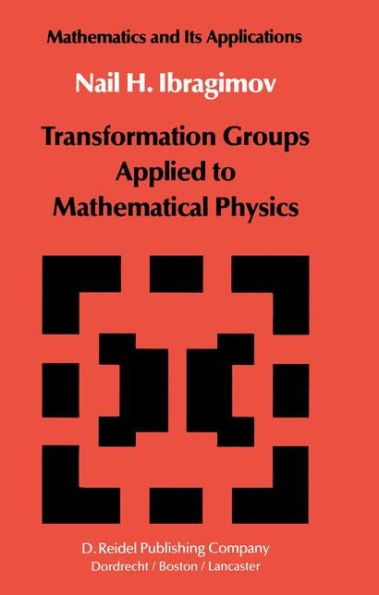5
1
9789027718471



Transformation Groups Applied to Mathematical Physics / Edition 1 available in Hardcover, Paperback

Transformation Groups Applied to Mathematical Physics / Edition 1
- ISBN-10:
- 9027718474
- ISBN-13:
- 9789027718471
- Pub. Date:
- 12/31/1984
- Publisher:
- Springer Netherlands
- ISBN-10:
- 9027718474
- ISBN-13:
- 9789027718471
- Pub. Date:
- 12/31/1984
- Publisher:
- Springer Netherlands

Transformation Groups Applied to Mathematical Physics / Edition 1
$109.99
109.99
In Stock

Product Details
| ISBN-13: | 9789027718471 |
|---|---|
| Publisher: | Springer Netherlands |
| Publication date: | 12/31/1984 |
| Series: | Mathematics and its Applications , #3 |
| Edition description: | 1985 |
| Pages: | 394 |
| Product dimensions: | 6.10(w) x 9.25(h) x 0.04(d) |
From the B&N Reads Blog
